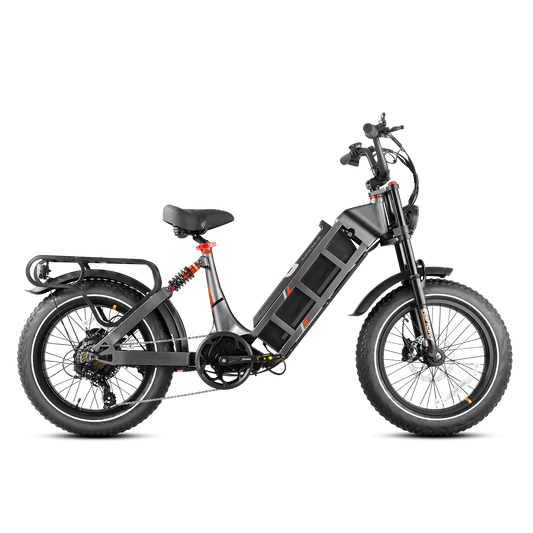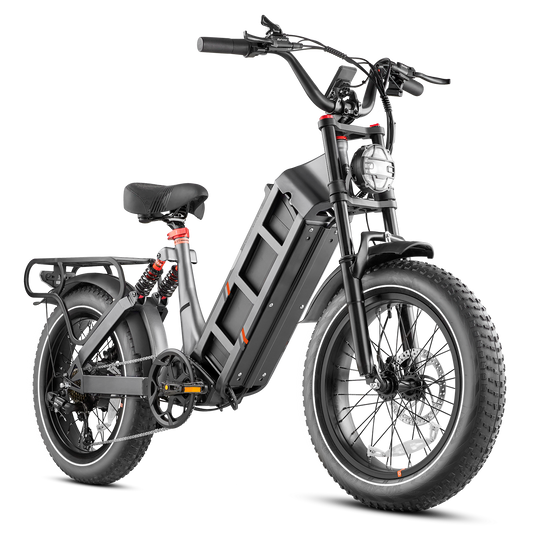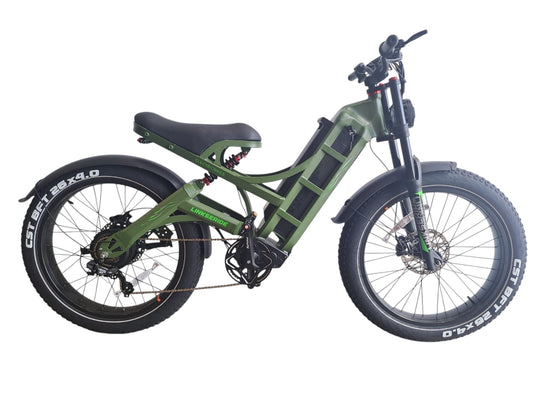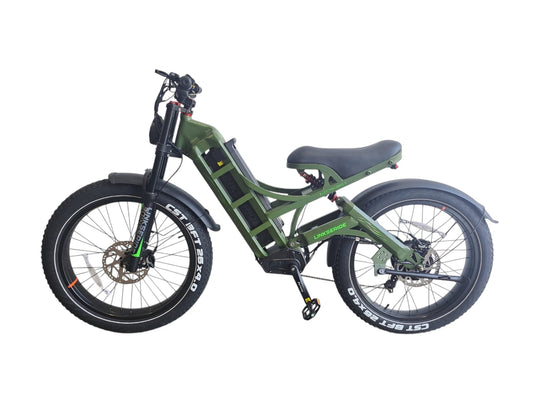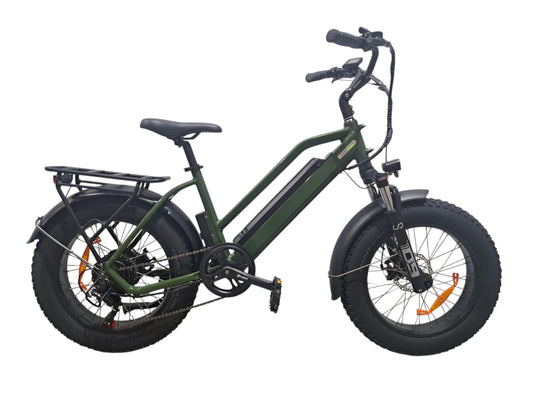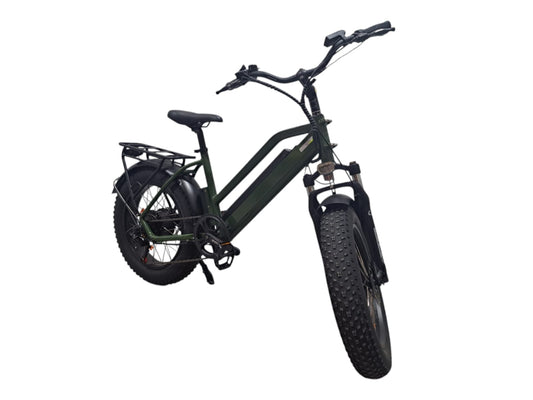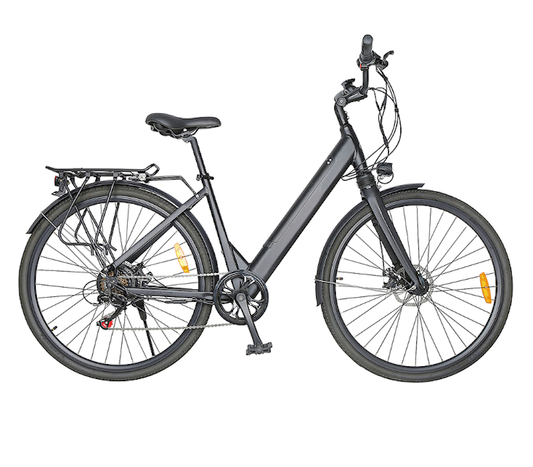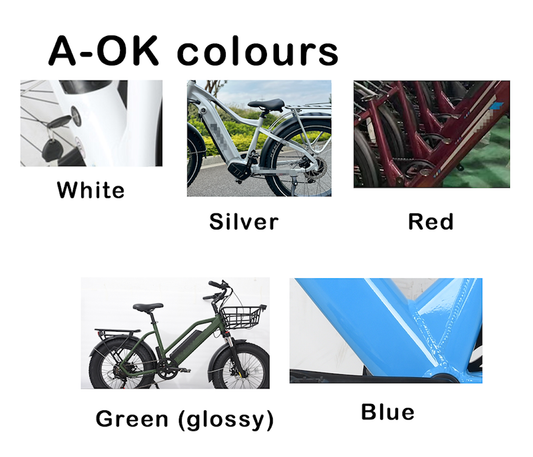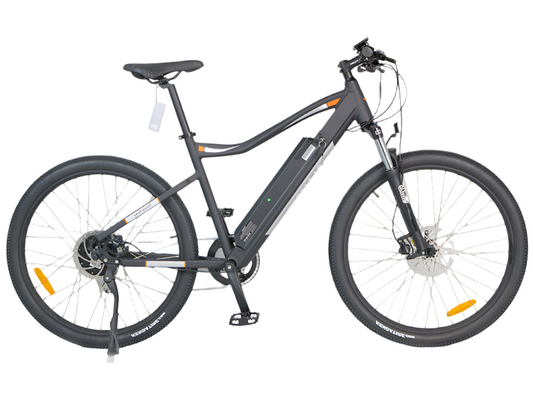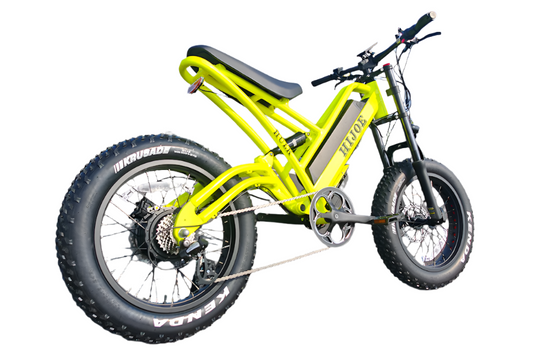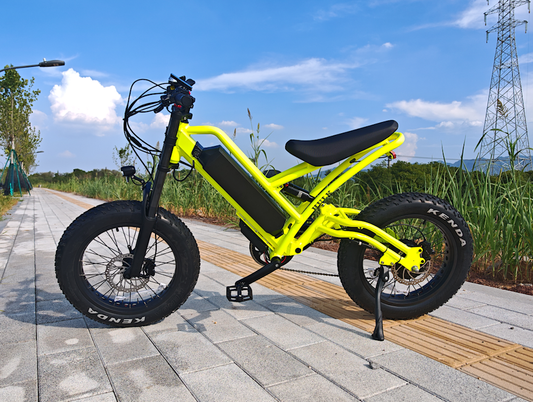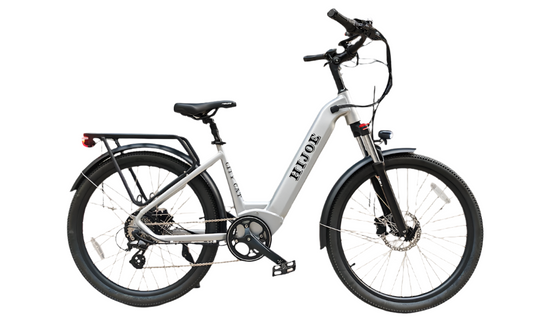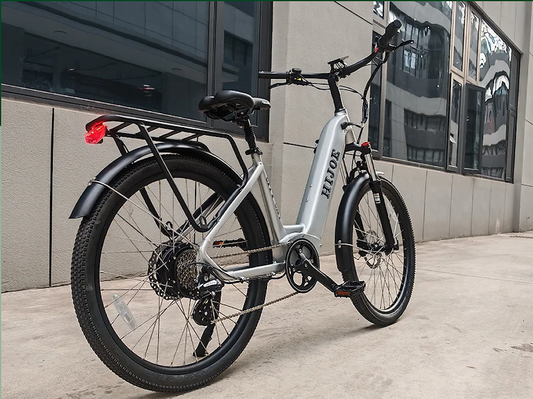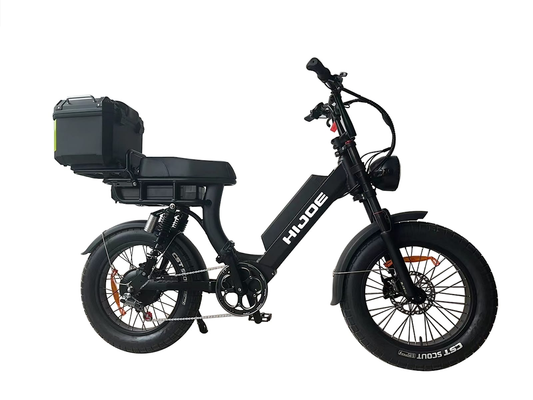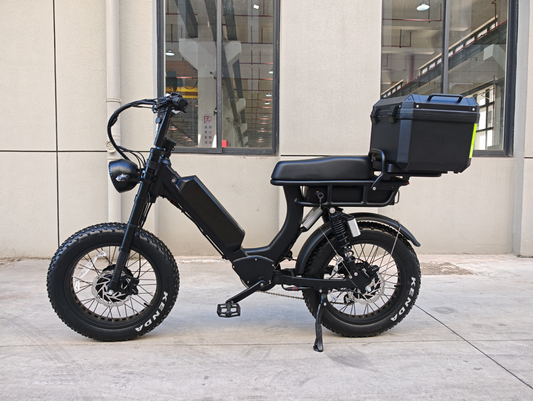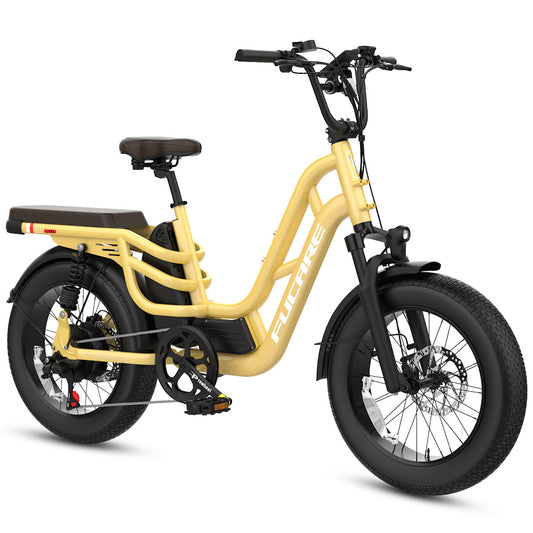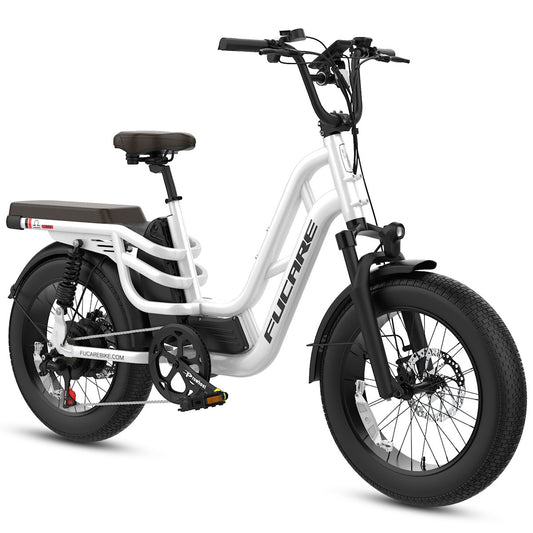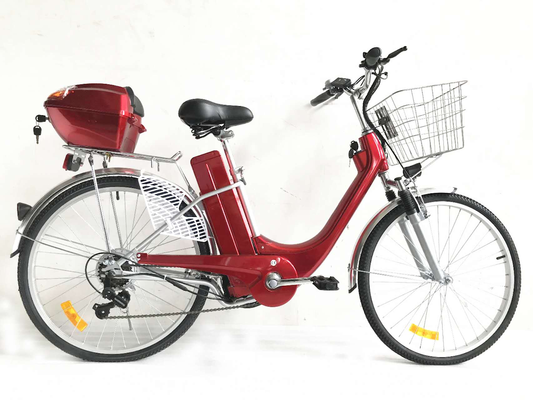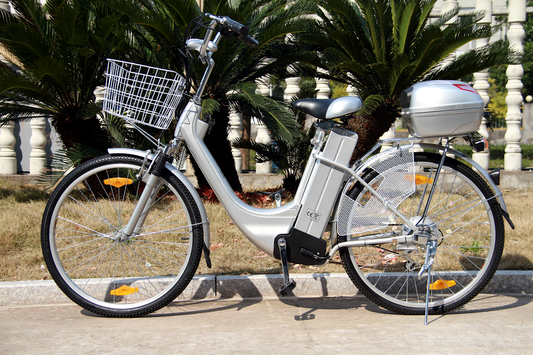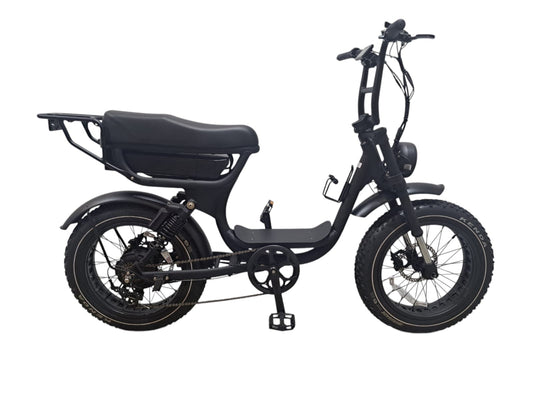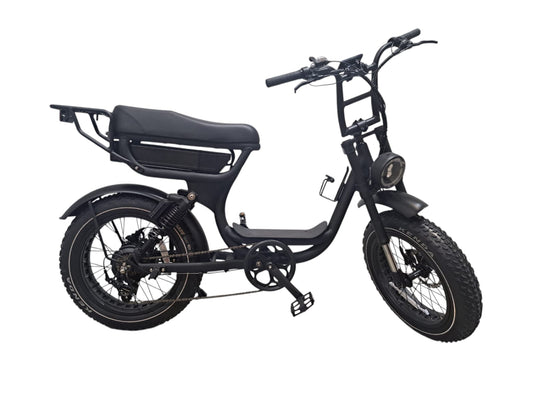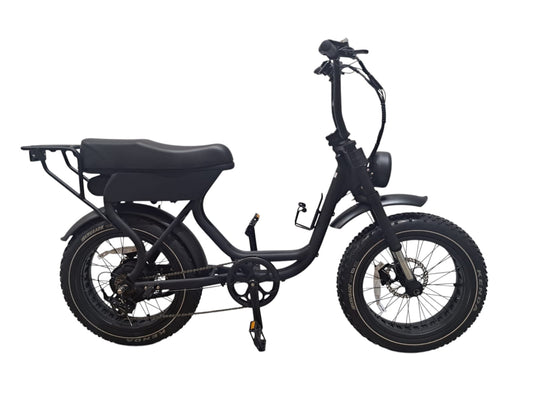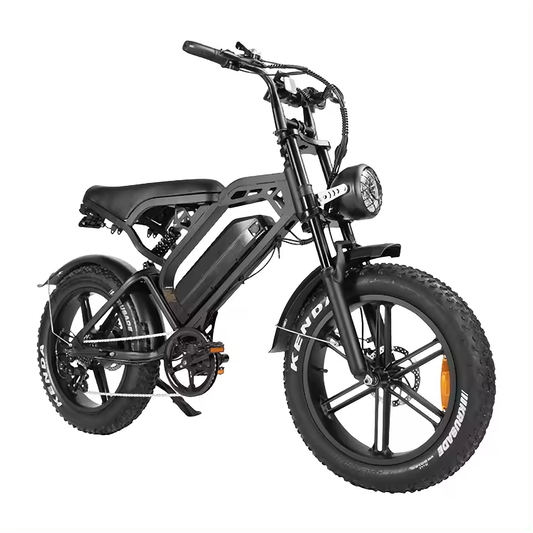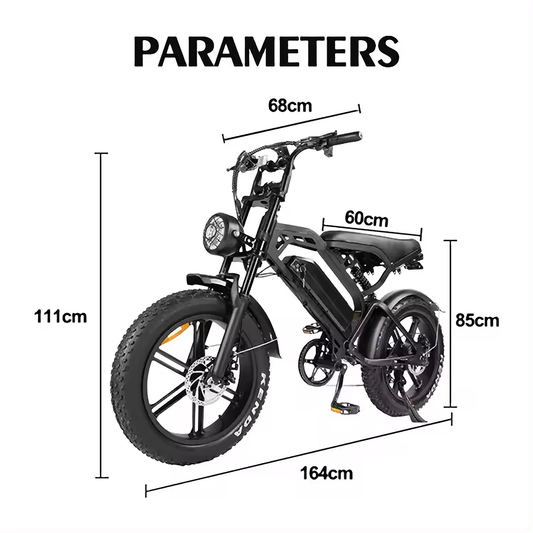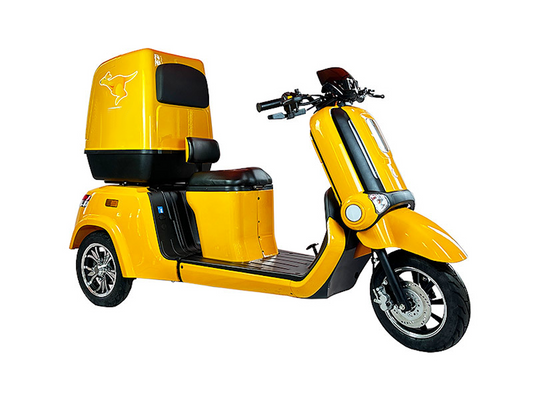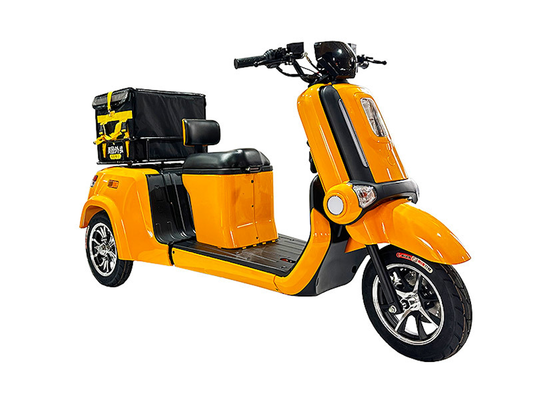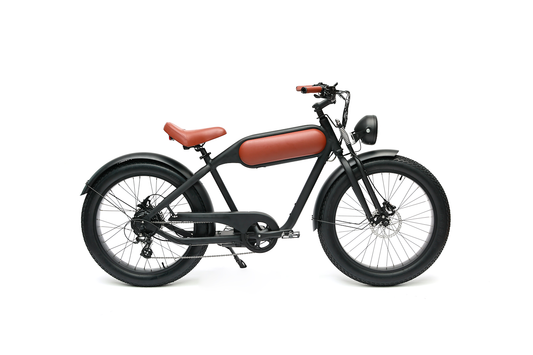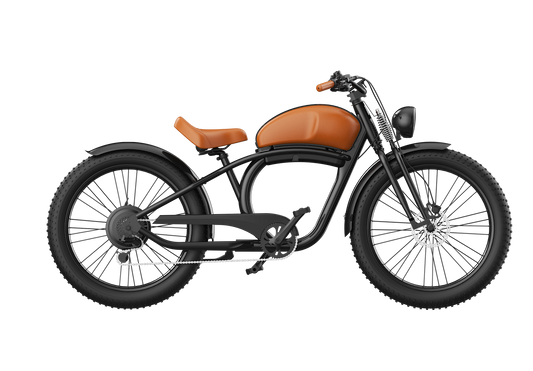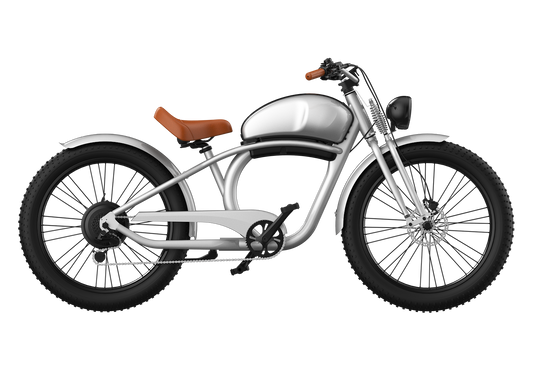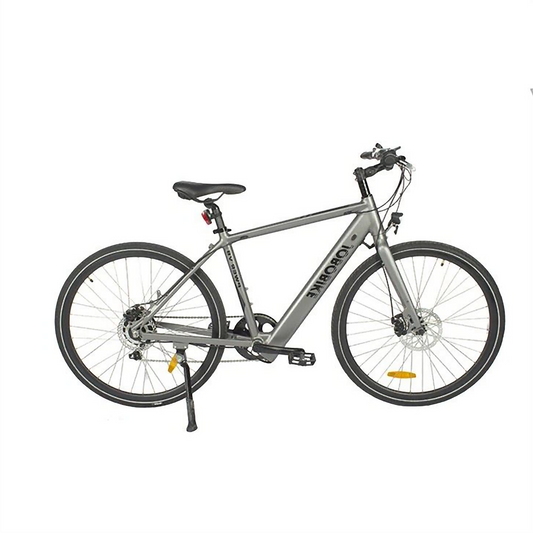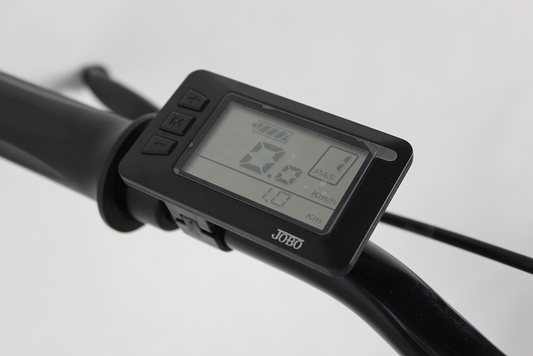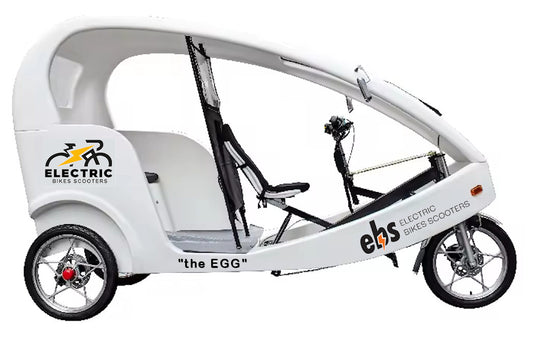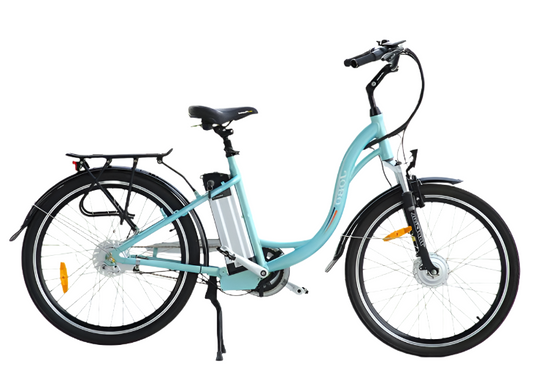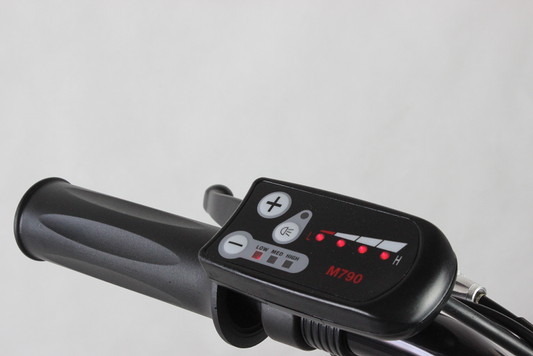City e-bike
-
22x4" S-Cruiser E-BIKE LINKSERIDE ROCKY
Vendor:LinkserideRegular price $2,805.00Regular priceUnit price / per$3,299.00Sale price $2,805.00Sale -
26*4 MOTO-S E-BIKE LINKSERIDE RAMBO
Vendor:LinkserideRegular price $3,195.00Regular priceUnit price / per$3,759.00Sale price $3,195.00Sale -
20*4" Fat BMX Cruiser Step-thru e-Bike A-OK
Vendor:A-OK Vehicle CoRegular price $1,949.00Regular priceUnit price / per$2,291.00Sale price $1,949.00Sale -
700*45" Women's Road e-Bike A-OK
Vendor:A-OK Vehicle CoRegular price $1,663.00Regular priceUnit price / per$1,956.00Sale price $1,663.00Sale -
700*45 Classic Men's Road e-Bike A-OK
Vendor:A-OK Vehicle CoRegular price $1,663.00Regular priceUnit price / per$1,956.00Sale price $1,663.00Sale -
27.5*2.1 Road e-Bike Battery in frame A-OK
Vendor:A-OK Vehicle CoRegular price $1,723.00Regular priceUnit price / per$2,027.00Sale price $1,723.00Sale -
20*4 MOTO SUPER HULK e-Bike HIJOE
Vendor:HIJOE BIKESRegular price $2,587.00Regular priceUnit price / per$3,044.00Sale price $2,587.00Sale -
26*2.35 CITY CAT Cruiser e-bike HIJOE
Vendor:HIJOE BIKESRegular price $2,489.00Regular priceUnit price / per$2,929.00Sale price $2,489.00Sale -
20*4 BLACK CAT e-bike Dual Everything! HIJOE
Vendor:HIJOE BIKESRegular price $5,234.00Regular priceUnit price / per$6,156.00Sale price $5,234.00Sale -
20*4" Stepthru Cargo - e-Bike FUCARE LIBRA
Vendor:FUCARERegular price $2,759.00Regular priceUnit price / per$3,249.00Sale price $2,759.00Sale -
24" Step Thru Eco City e-Bike Silver A-OK
Vendor:A-OK Vehicle CoRegular price $1,252.00Regular priceUnit price / per$1,473.00Sale price $1,252.00Sale -
20*4 stepthru ebike ATV13 All Terrain Future Travel
Vendor:Future e TravelRegular price $2,794.00Regular priceUnit price / per$3,287.00Sale price $2,794.00Sale -
20*4 stepthru ebike ATV07 All Terrain Future Travel
Vendor:Future e TravelRegular price $2,432.00Regular priceUnit price / per$2,861.00Sale price $2,432.00Sale -
20*4" MOTO e-Bike Black Stalion EBS
Vendor:ebs-bikesRegular price $2,369.00Regular priceUnit price / per$2,786.00Sale price $2,369.00Sale -
Cargo e-Trike Large Capacity e-Bike EBS
Vendor:ebs-bikesRegular price $5,169.00Regular priceUnit price / per$6,082.00Sale price $5,169.00Sold out -
26*4.0 Retro E-BIKE LINKSERIDE OTANGO
Vendor:LinkserideRegular price $2,739.00Regular priceUnit price / per$3,222.00Sale price $2,739.00Sale -
26*4.0 Retro E-BIKE LINKSERIDE JAMBO
Vendor:LinkserideRegular price $2,709.00Regular priceUnit price / per$3,185.00Sale price $2,709.00Sale -
700C*38 City Road Men's e-bike JOBO
Vendor:JOBO E-BIKERegular price $1,699.00Regular priceUnit price / per$1,997.00Sale price $1,699.00Sale -
e-Trike Mobility Scooter Pedicab JOBOBIKE
Vendor:JOBO E-TrikeRegular price $7,585.00Regular priceUnit price / per$8,924.00Sale price $7,585.00Sale -
26*2 Classic City Unisex e-bike JOBO
Vendor:JOBO E-BIKERegular price $1,487.00Regular priceUnit price / per$1,750.00Sale price $1,487.00Sale
Urban City Electric Bikes: The Future of Urban Mobility
The city electric bikes are transforming the way people with rising fuel costs, increasing traffic congestion and growing environmental concerns. Many Australians turn to city e-bikes as a sustainable, efficient, cost-effective transport solution. Whether heading to work, running errands or enjoying a ride, a city electric bike offers the perfect blend of convenience, comfort and performance.
- Designed for Urban Commutes – Navigate city streets easily, thanks to lightweight frames and responsive handling.
- Powerful Motor Assistance – Experience effortless pedalling with electric assist technology, helping you tackle hills and long distances without fatigue.
- Long Battery Life – Travel up to 80-100 km per charge, ensuring reliable transport for daily commuting.
- Comfort & Ergonomics - eatures like padded seats, suspension systems and adjustable handlebars provide a smooth and comfortable ride.
- Enhanced Safety Features - Equipped with LED headlights, responsive brakes and anti-slip tyres for added security on busy roads.
Urban E-Bike – The Smartest Way to Navigate City Life
An urban e-bike is designed to integrate into modern city life seamlessly, urban e-bikes make every trip faster, easier and more enjoyable.
Why Do You Need an Urban E-Bike?- Avoid Traffic Jams - Skip congested roads and arrive at your destination without delays.
- Reduce Commuting Costs - Save on fuel, public transport fares, and parking fees.
- Reduce Your Carbon Footprint - A zero-emission alternative that helps protect the environment.
- No More Parking Hassles - Park easily and avoid expensive parking fees or fines.
- Stay Active Without Overexertion - Enjoy a light workout with pedal assist technology while covering longer distances effortlessly.
Our Best Electric City Bikes for Sale
At EBS Electric Bikes Scooters Australia, we offer a wide selection of electric city bikes for sale, perfect for commuters, leisure riders and eco-conscious individuals. We have the right model for you, from lightweight road e-bikes to step-through cruisers and/or high-performance urban e-bikes.
Our Best Electric City Bikes for Sale:-
Classic City E-Bikes
- 700*45" Women's Road E-Bike – A-OK
- 700*45" Classic Men's Road E-Bike – A-OK
- A lightweight frame with road-optimised tyres for a smooth ride.
- Comfortable upright design, making them ideal for long commutes.
-
Step-Through & Cruiser City E-Bikes
- 24" Step-Thru Eco City E-Bike – A-OK
- 20"4 Step-Thru Cargo E-Bike – Fucare LIBRA
- Easy-to-mount frame for hassle-free riding.
- Great for casual city riders and daily commuters.
-
High-Performance Urban E-Bikes
- 20*4 Moto Super Hulk E-Bike – HIJOE
- 26*2.35 Mid Motor Cruiser E-Bike – JOBO
- It is designed for speed, power and extended battery life.
- Perfect for longer commutes and mixed-terrain rides.
-
Compact & Foldable City E-Bikes
- 14" Substitute Driving E-Bike – Future Travel
- 26*1.75 Station Wagon Road E-Bike – Future Travel
- It is ideal for city riders needing a compact, space-saving design.
- Easily foldable for storage and transport.
Our extensive selection of electric city bikes ensures that every rider finds a perfect match for their lifestyle and commuting needs.
Upgrade your daily commute with a city electric bike and enjoy a smarter, smoother, more efficient ride.
FAQs
Yes! City electric bikes are permitted in most bike lanes and shared paths across Australia. However, local councils may have specific regulations, so checking your area's rules before riding is best.
Most city electric bikes in Australia have a speed limit of 25 km/h with pedal assist, in line with government regulations. Some models with throttle control may have adjustable speed settings but must comply with legal restrictions.
Yes, but it depends on the transport provider. Foldable city e-bikes are usually allowed on trains, trams, and buses, while full-sized e-bikes may require a designated bike rack or carriage.
A well-maintained city e-bike battery typically lasts 3–5 years or 500–1000 charge cycles, depending on usage. To extend battery life:
- Do not deplete the battery completely.
- Store the battery in a cool, dry place.
- Use the manufacturer-recommended charger.
Yes! City e-bikes have water-resistant components and can handle light rain and wet roads. However, avoid deep puddles or submerging the battery to prevent damage.

